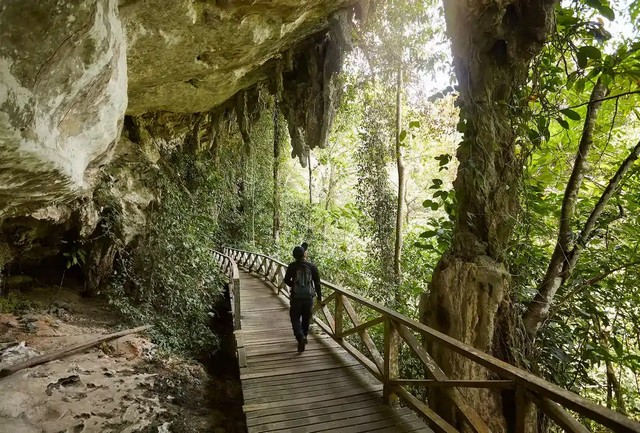The Archaeological Heritage of Niah National Park’s Caves Complex has officially gained UNESCO World Heritage status under the mixed category, recognising its outstanding natural and cultural significance. This prestigious recognition highlights the park’s exceptional value, showcasing its rich biodiversity and archaeological treasures.
A New Chapter of Global Recognition
Located approximately 110 kilometres from Miri City, Niah National Park has now joined the esteemed ranks of UNESCO World Heritage Sites, a title it shares with Sarawak’s Mulu National Park, which received similar recognition in 2000. The park’s addition to this exclusive list was confirmed during the 46th World Heritage Committee Session held from July 21 to 31 in New Delhi, India. Premier Sarawak Abang Johari announced the exciting news, relayed by Deputy Minister of Urban Planning, Land Administration, and Environment Datuk Len Talif Salleh, who was present at the declaration.
In a statement, the Ministry of Tourism, Arts and Culture (Motac) expressed immense pride: “To land on the UNESCO World Heritage List is coveted worldwide because it is the highest international recognition that can be obtained for heritage sites. In addition to promoting and showcasing our national heritage sites on a global scale, this underscores Malaysia’s commitment to protecting our local heritage sites.”
The recognition is a culmination of efforts initiated in 2019 to nominate the Niah Caves’ archaeological site, with submissions made in January 2021 and formal documents delivered to the UNESCO Secretariat in Paris in January 2023. The park’s inscription is a testament to the years of dedication and meticulous work by conservationists, archaeologists, and government officials.
Boosting Tourism and Conservation
With its newfound status, Niah National Park is set to become an even more significant tourist attraction. Tourism, Creative Industry, and Performing Arts Minister Datuk Seri Abdul Karim Rahman Hamzah highlighted that the recognition will attract domestic and international visitors, bolstering Miri’s profile as a key travel destination.
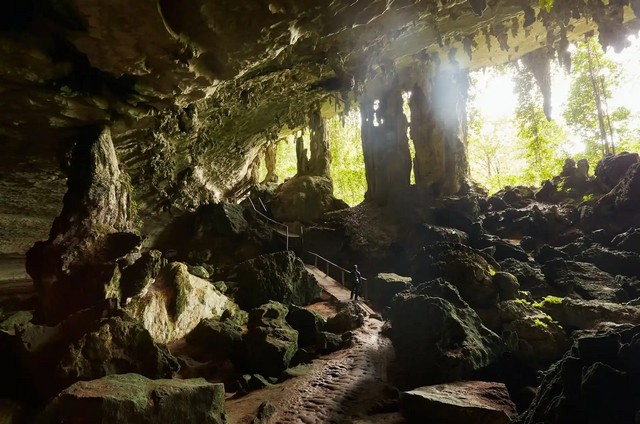
Abang Johari also announced plans to further develop the region’s infrastructure, including the establishment of a new airline by the end of the year to promote Sarawak and facilitate tourism.
“The Ministry of Transport Sarawak is still discussing the final stages, and by the end of the year, God willing, we will have our own airline,” he stated.
A Glimpse into Niah National Park
Spanning 3,138 hectares, Niah National Park is renowned for its limestone hills, dense forests, and significant archaeological sites. Declared a National Historical Monument in 1958 and later a National Park in 1974, it attracts over 15,000 visitors annually. The park’s diverse ecosystem includes tidal swamp forests and high-canopy closed rainforests, home to unique flora and fauna like the Claderia Viridiflora orchid and the Niah Cave gecko.
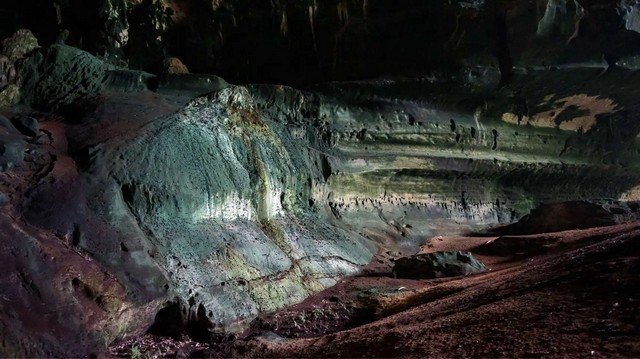
The Niah Caves, including the Great Cave, Moon Cave, Painted Cave, and Trader’s Cave, are central to the park’s appeal. These caves offer a window into Southeast Asia’s prehistoric past, with the West Mouth being particularly notable for the discovery of the “Deep Skull,” a 40,000-year-old human skull. Recent studies suggest that human habitation in the area may extend back as far as 65,000 years, providing invaluable insights into early human life and migration.
Cultural Significance and Community Involvement
Beyond its natural and archaeological importance, Niah National Park plays a vital role in the local economy and cultural landscape. The Penan community is deeply involved in the sustainable harvesting of bird’s nests and guano, integral to the park’s conservation efforts. The late Nuar Bin Haji Jaya, a prominent Penan leader, was instrumental in managing the swiftlet population, ensuring the continuation of this unique tradition.
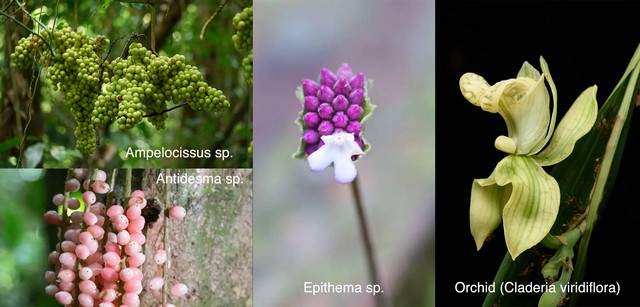
The Magnificent Niah Caves
Recognised for their archaeological importance since the 19th century, the Niah Caves have been the site of significant discoveries, including prehistoric rock paintings and burial sites. The Painted Cave is particularly famous for its rock art, depicting scenes of ancient rituals and daily life.
Preserving a Global Treasure
With its UNESCO World Heritage status now confirmed, Niah National Park is poised for an exciting future. The park’s Conservation Management Plan and Tourism Management Plan are crucial for managing the expected increase in visitors while preserving its unique ecological and cultural heritage.
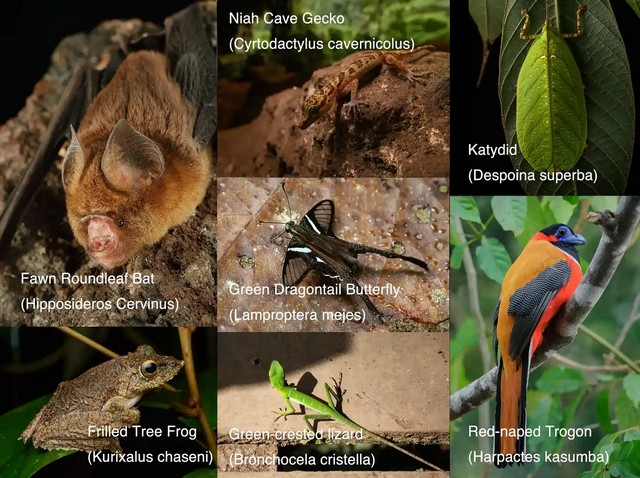
As Sarawak and Malaysia celebrate this monumental achievement, the global community is invited to explore and appreciate this newly recognised World Heritage Site. Testimonials and support for Niah’s new status continue to be encouraged, helping to spread awareness and ensure the park’s preservation for generations to come.
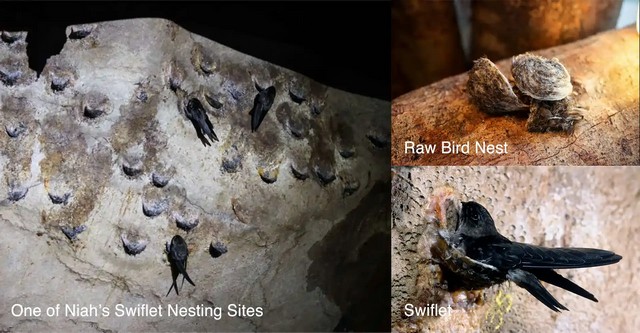
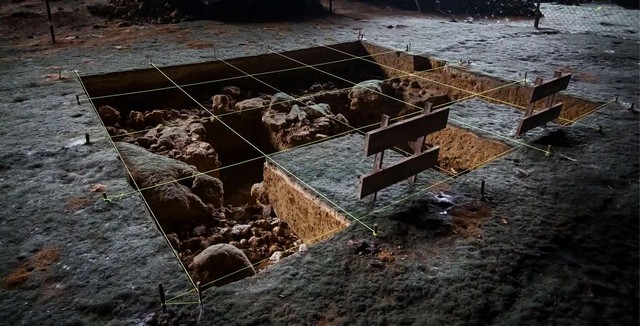
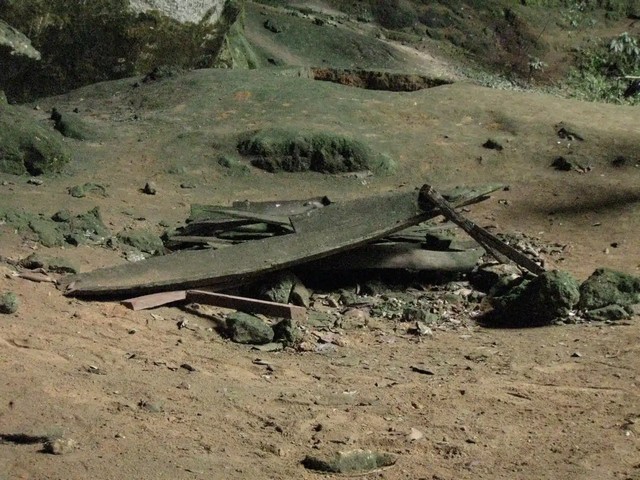
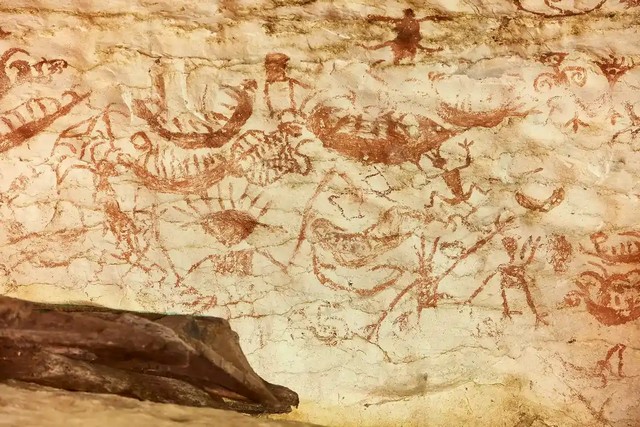
References:
“Niah National Park nears UNESCO World Heritage status”
“Niah National Park set to join UNESCO World Heritage List by end of 2024”
“Status of Niah’s UNESCO World Heritage Site nomination to be known in July, says Abd Karim”
“Sarawak will become the only region in Malaysia with two such sites”
“The Archaeological Heritage of Niah National Park’s Caves Complex, Sarawak, Malaysia”
“Niah — Borneo’s Cradle of Life”
“Niah Caves is now a UNESCO World Heritage Site”
“Niah Caves’ UNESCO Recognition Can Have Huge Impact On Country’s Tourism Sector”


